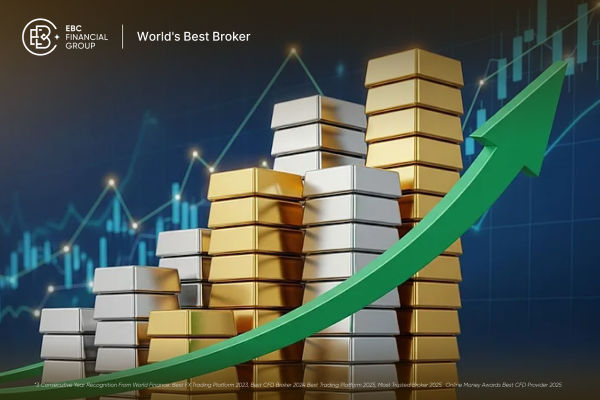hedging refers to financial instruments that reduce price risk and volatility
risk through futures trading corresponding to the Spot market. Below, a detailed
analysis of its application will be conducted through a hedging case.

Assuming a feed processing plant needs to purchase soybeans as raw materials
for a certain period of time, there is a significant risk of fluctuations in
soybean prices due to changes in market supply and demand. In order to reduce
this price risk, the feed processing factory has decided to adopt a hedging
strategy.
Firstly, the factory signs an agreement with the futures exchange to trade a
certain futures contract as the subject matter. The contract is closely related
to the price of soybeans in the Spot market.
Next, the factory decides to purchase a corresponding number of futures
contracts based on its own demand and expected purchase price. In this way, no
matter whether the price of the Spot market rises or falls, the factory can
purchase the required soybeans at a reasonable cost.
For example, if the price of soybeans rises, causing the price of the Spot
market to be higher than the price of the futures contract, the factory needs to
pay a higher spot price, but at the same time, the price of the futures contract
will also rise, thus realizing the price difference income, which can offset the
cost increase caused by the rise of the spot price.
On the contrary, if the price of soybeans falls, resulting in the price of
the Spot market being lower than the price of the futures contract, the factory
does not need to worry about the cost increase because the price of the futures
contract will also fall, thus realizing the protective effect, which can offset
the decrease in profits caused by the drop in the spot price.
Through this hedging strategy, feed processing plants can obtain more stable
raw material costs and effectively reduce operational risks without being
affected by market price fluctuations.
If you still don't understand, let me give you another popular example.
Assuming Xiaoming is the owner of a home appliance sales store, He noticed
that the price of home appliances in the market fluctuates greatly, especially
the price of televisions, which often fluctuates up and down. Xiaoming purchases
a batch of televisions from suppliers every month and then sells them to
consumers at a slightly higher price than the purchase price.
However, Xiaoming is concerned that the fluctuations in television prices
will affect his profits. If the price of televisions increases, he must pay
higher purchasing costs, thereby reducing profits. On the contrary, if the price
drops, he may not be able to lower the sales price, resulting in a decrease in
profits.
In order to reduce this price risk, Xiaoming decided to adopt a hedging
strategy. He learned that there is a TV futures contract, which is closely
related to the TV price in the Spot market. So, he decided to trade this futures
contract as the subject matter.
Firstly, Xiaoming signed an agreement with the futures exchange to obtain
trading qualifications. Then he decides to purchase a corresponding number of
futures contracts based on his own demand and expected purchase price.
For example, suppose Xiaoming needs to purchase 50 televisions, and the
expected purchase price is 2000 yuan per unit. He will purchase 50 TV futures
contracts on the futures market, each corresponding to a TV set.
If the price of TV sets rises, the price of the Spot market will be higher
than the price of the futures contract. Although Xiao Ming needs to pay a higher
spot price, the price of the futures contract will also rise at the same time,
thus realizing the spread income. In this way, the revenue can offset the cost
increase caused by the rise in spot prices.
On the contrary, if the price of TV sets falls, causing the price of the Spot
market to be lower than the price of the futures contract, Xiao Ming need not
worry about the cost increase because the price of the futures contract will
also fall, thus realizing the protective effect, which can offset the decrease
in profits caused by the drop in the spot price.
Through hedging strategies, Xiaoming can purchase televisions at relatively
stable prices without being affected by market price fluctuations. In this way,
he can stabilize operating costs and reduce operational risks.
However, hedging strategies also carry certain risks. If market price
fluctuations exceed the protection range of futures contracts or if the
liquidity of the futures market is insufficient, it may lead to losses in
hedging strategies. Therefore, analyzing and grasping the market, formulating
reasonable hedging strategies, and managing risks are very important.
Overall, hedging is an effective financial tool that can help businesses or
individuals reduce price and volatility risks. Through reasonable hedging
strategies, operating costs can be stabilized, operational risks can be reduced,
and profitability can be improved.



























